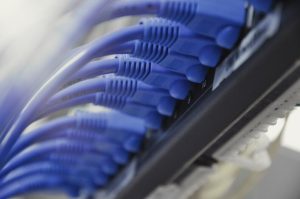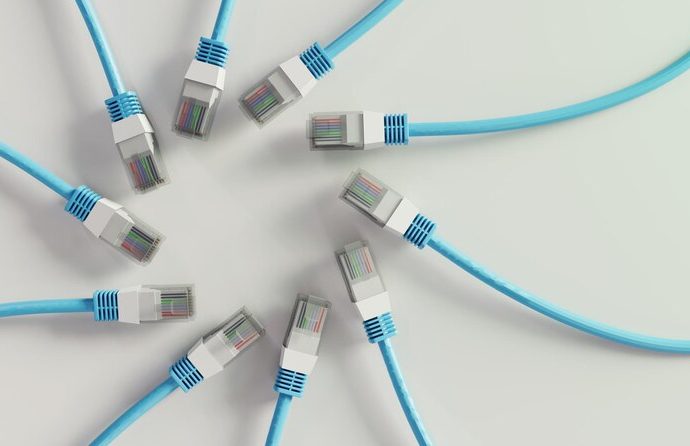Ethernet Cable Length In today’s fast-paced digital world, maintaining data integrity is crucial for businesses and individuals alike. A stable and reliable network connection is essential to ensure seamless data transfer and prevent potential data loss. One often overlooked factor that significantly impacts data integrity is the Ethernet cable length. In this article, we will
Ethernet Cable Length
In today’s fast-paced digital world, maintaining data integrity is crucial for businesses and individuals alike. A stable and reliable network connection is essential to ensure seamless data transfer and prevent potential data loss. One often overlooked factor that significantly impacts data integrity is the Ethernet cable length. In this article, we will explore the importance of choosing the right Ethernet cable length and how it can contribute to maintaining data integrity in your network.
Understanding Data Integrity in Network Connections
Data integrity refers to the accuracy and consistency of data throughout its lifecycle. It is paramount in any network connection as corrupted or lost data can lead to severe consequences. When it comes to Ethernet networks, the cable length plays a vital role in preserving data integrity. A poorly chosen cable length can result in data attenuation, signal degradation, and ultimately, slower transmission speeds.

Image by https://truegazette.com/
Factors to Consider When Selecting Ethernet Cable Length
- Distance Between Devices: The most critical factor to consider is the distance between your network devices. Whether you’re setting up a home network or a large-scale enterprise solution, understanding the physical distance between devices will help you determine the appropriate cable length.
- Transmission Speed Requirements: Different Ethernet cables have varying transmission speeds. For instance, Category 5e cables support speeds up to 1 Gbps, while Category 6a cables can handle speeds up to 10 Gbps. Choosing the right cable with the necessary bandwidth ensures data integrity is maintained even at high transmission speeds.
- Cable Quality: The quality of the Ethernet cable matters significantly in data integrity. Higher-quality cables offer better insulation and shielding against electromagnetic interference, reducing the risk of data loss and signal disruption.
- Future Expansion: Consider future expansion plans when selecting cable length. It is wise to install cables with some slack to accommodate any changes or additions to your network setup without the need for re-cabling.
The Impact of Cable Length on Data Transmission
The length of an Ethernet cable directly affects signal strength and transmission performance. As the cable length increases, so does the resistance, leading to signal attenuation. The longer the cable, the weaker the signal becomes, resulting in slower data transmission and potential data errors.
To mitigate signal loss, network administrators often use signal repeaters or switches to boost the signal over long cable runs. However, excessive reliance on repeaters can introduce additional points of failure, affecting data integrity and network reliability.
Tips for Maintaining Data Integrity in Ethernet Networks
- Optimal Cable Length: Choose the shortest cable length that meets your network requirements. Avoid excessively long cables that may lead to unnecessary signal loss.
- Regular Cable Maintenance: Inspect and maintain your Ethernet cables regularly. Look for signs of wear and tear, and replace damaged cables promptly to prevent data integrity issues.
- Cable Management: Proper cable management is essential for data integrity. Organize and secure cables to avoid accidental disconnections or damage.
- Test and Monitor: Regularly test your network connections and monitor data transfer rates. This proactive approach allows you to identify and address potential issues before they affect data integrity.
Conclusion
Data integrity is the backbone of any network, and the choice of Ethernet cable length plays a significant role in ensuring data reliability and accuracy. By considering factors like distance, transmission speed, cable quality, and future expansion, you can select the right Ethernet cable length to maintain data integrity in your network. Regular maintenance, proper cable management, and monitoring are essential steps to safeguarding data integrity and optimizing network performance. Make informed decisions when choosing Ethernet cable length, and your network will thank you with smooth data transmission and enhanced data integrity.

















Leave a Comment
Your email address will not be published. Required fields are marked with *